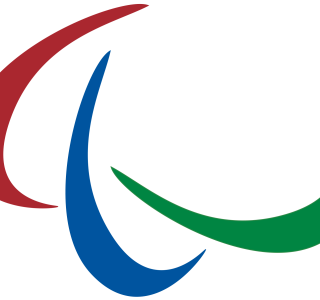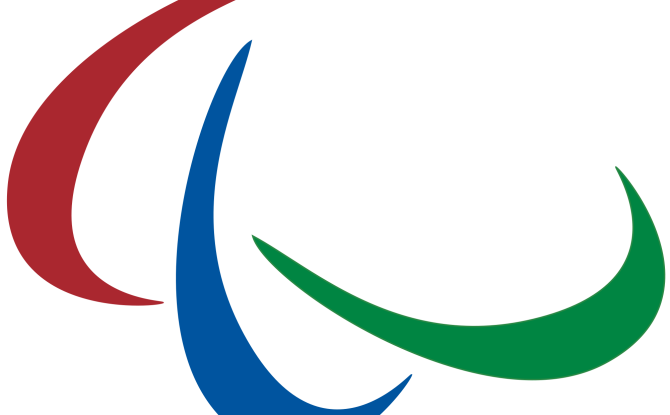
Sandy’s and Axel’s Views on the 2016 Paralympics
September 22, 2016
The 2016 Rio Paralympics ended last Sunday, and thanks to more coverage on television and the Internet, people throughout the world were able to watch and learn about the different competitions. This week, guest blogger Axel Davila and I share our views about the games, but from different perspectives. Axel is studying Public Relations at Georgetown University and is contributing guest posts to our blog. Here are his thoughts on the 2016 Paralympics.
I am not a fan of neither the Olympics nor Paralympics. However, as a sports fan, I feel that the Olympics create a momentum impossible to escape. We constantly see Simone doing her routines, Phelps winning medals, and Bolt breaking records. Nevertheless, there is a point where momentum drains out and comes to an end.
After the pre-Olympics and 17 days of competition, people lose interest, as evidenced by the difference in the number of spectators between the opening and closing ceremonies (the above infographic shows some of the relevant statistics about the 2016 Paralympic Games.) Add to this the two-week lapse in between the Olympic and Paralympic Games; this means there is a month and a half of sports. Most of the people and brands get involved in the events just for FOMO (fear of missing out).
In the United States, only 76 hours of media coverage were dedicated to the Paralympics this year. This is in contrast to the over 6,000 hours given to the Olympics. Who is to blame for this, the media, event organizers or the spectators? It depends on the perspective you have when analyzing the issue.
The media could provide more Paralympic coverage instead of constantly repeating NFL game highlights. Organizing committees could grant more funds to market the Paralympics, or – at the very least – avoid cutting the event budget like they did this year. If ratings were high for Paralympics, then why wouldn’t the media provide more coverage? Given that the Olympics are viewed by more people, it is logical to give them more funds. This issue revolves around a cycle: because media and the organizing committee’s do not provide extensive coverage and marketing for the Paralympics, people do not watch or attend the games, and vice versa.
Improvement from previous games has been considerable. Media coverage has increased, and this year’s organizers even promoted crowdfunding campaigns to invite children to the games. Unfortunately, the event still lacks the attention it deserves. One solution might be to switch the order of the games. Perhaps holding the Paralympics first could ignite the momentum earlier. Another possibility is to have both events at the same time, or even doing the Paralympics sooner, and holding a collective closure ceremony.
As a non-fan of the Olympics and Paralympics, I do not know if this is viable. However, I believe these measures could certainly make the Paralympics more inclusive.
Back to Sandy: I have always looked forward to the Olympic and Paralympic games. Both are equally exciting, and hearing the stories of all the athletes is very inspirational. I have known about the Paralympics since I was a teenager, but never had a chance to watch the competitions until recently. Since the 2012 London Paralympics, I have been able to follow the action thanks to social media. By following some of the U.S. top athletes like Tatyana Mcfaddin and Brad Snyder on Facebook, I have enjoyed the competitions, stayed up to date with the results and learned more about Paralympic sports.
The thing I liked the most of the 2016 Paralympics is the coverage on social media. As I wrote in an earlier commentary, television coverage in the U.S. is minimal, but slowly increasing. This year, NBC Sports only covered around 80 hours of the Paralympics. Thankfully, millions of people learned more about the games thanks to pictures, videos and articles circulating on Facebook, Twitter and Instagram. I was thrilled when I overheard friends and family talking about the four Paralympians who broke the Olympic time record during the 1,500-meter race.
To me, the Paralympics have a great potential of showing the world that individuals with disabilities are just as capable as anyone else. Thanks to social media, more people are learning about the Paralympics, and I hope this will continue creating awareness about the successes and challenges faced by those of us with disabilities. A high unemployment rate and a lack of accessibility in public places are two of the biggest challenges people with disabilities grapple with throughout the world. Besides focusing on the amazing achievements of Paralympic athletes, society should also take note and help eliminate accessibility barriers affecting people with disabilities in their daily lives.
Did you miss the Paralympics? Check out this video with some of the highlights! Special thanks to Axel Davila for his research and contributing to this post.

Sandy Murillo works at The Chicago Lighthouse, an organization serving the blind and visually impaired. She is the author of Sandy’s View, a bi-weekly Lighthouse blog about blindness and low vision. The blog covers topics of interest to those living with blindness and vision impairments. Being a blind journalist and blogger herself, Sandy shares her unique perspective about ways to live and cope with vision loss.





